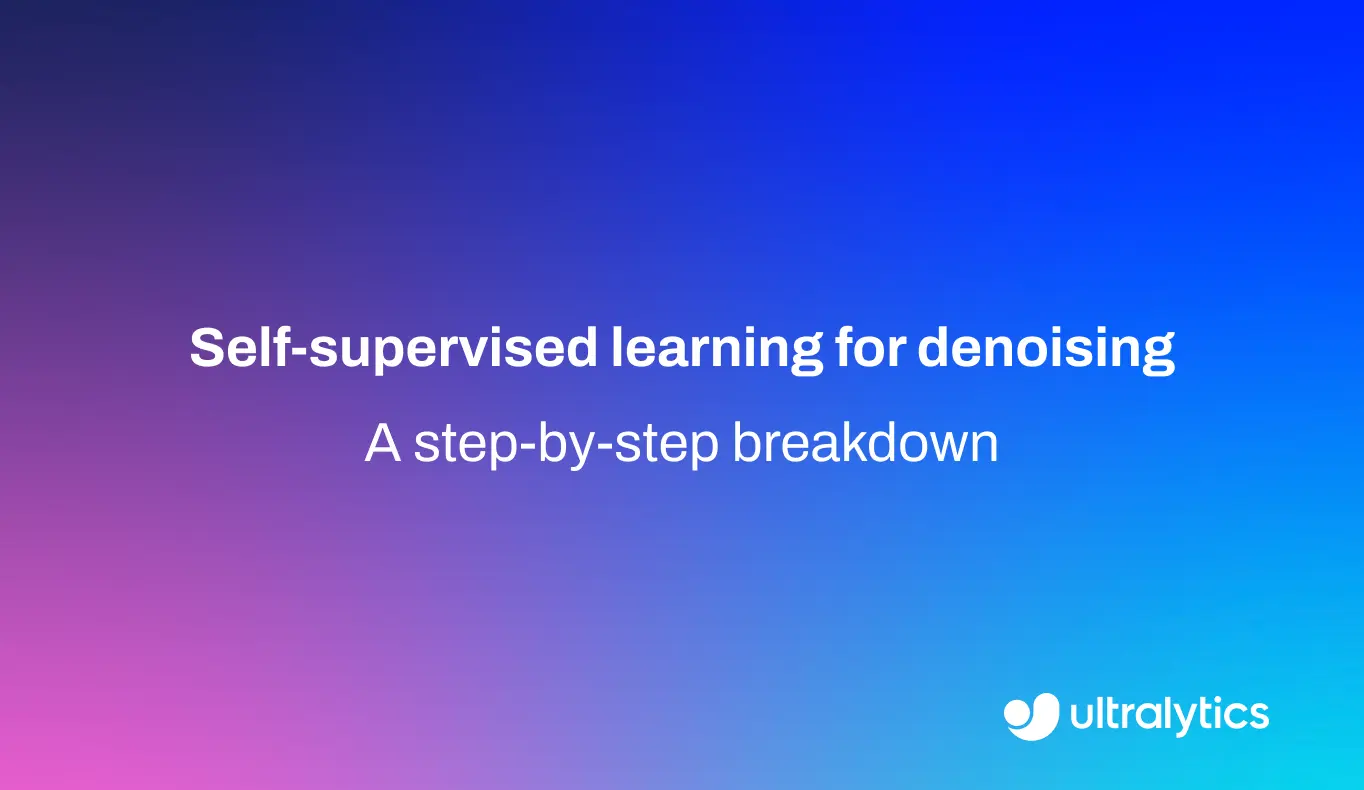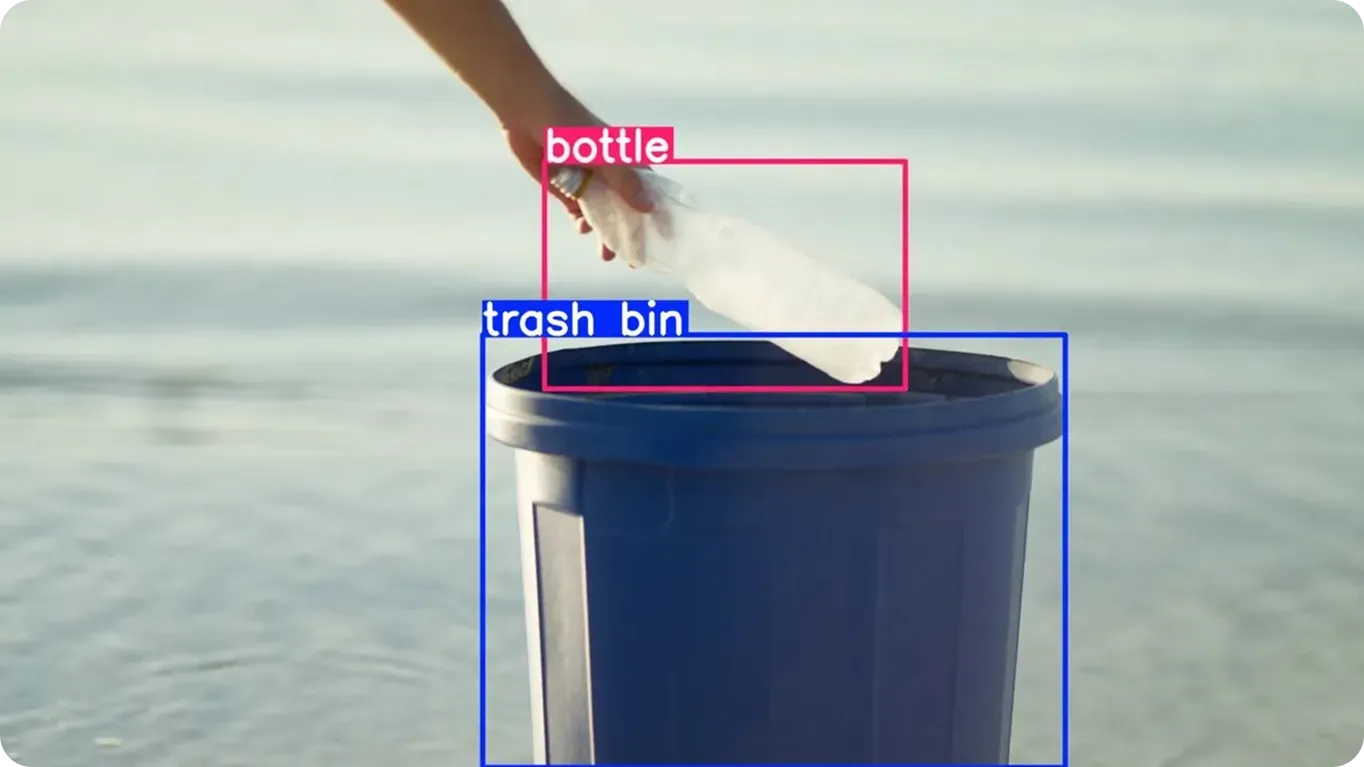Action Recognition
Explore Action Recognition (Human Activity Recognition): how video, pose estimation & deep learning detect human actions for healthcare, security and sports.
Action Recognition, often referred to as Human Activity Recognition (HAR), is a specialized subset of
Computer Vision (CV) focused on identifying and
classifying specific movements or behaviors in video data. Unlike standard
image recognition, which analyzes static frames
to detect objects, action recognition incorporates the dimension of time to understand dynamic events. By processing
sequences of images,
Artificial Intelligence (AI) systems can
distinguish between actions such as walking, running, waving, or falling. This capability is essential for creating
systems that can interpret human behavior in real-world environments, bridging the gap between seeing pixels and
understanding intent.
Core Mechanisms of Action Recognition
To accurately identify actions,
Deep Learning (DL) models must extract two types
of features: spatial and temporal. Spatial features describe the visual appearance of a scene, such as the presence of
a person or object, usually extracted via
Convolutional Neural Networks (CNNs). Temporal features describe how these spatial elements change over time.
Modern approaches often utilize a pipeline that includes:
-
Object Detection: The system
effectively locates individuals within the frame. State-of-the-art models like
YOLO11 are frequently used here due to their speed and
accuracy.
-
Pose Estimation: This technique maps the
skeletal structure of a human body, tracking
keypoints like elbows, knees, and shoulders. The
geometric relationship between these points over a sequence of frames provides a robust signal for classifying
actions.
-
Temporal Analysis: Sequences of data are processed using architectures designed for time-series
data, such as
Recurrent Neural Networks (RNNs) or
Long Short-Term Memory (LSTM)
networks. More recently, Video Transformers have
gained popularity for their ability to model long-range dependencies in video streams.
The following Python example demonstrates how to use the ultralytics library to extract pose keypoints
from a video, which serves as the foundational data layer for many action recognition systems.
from ultralytics import YOLO
# Load an official YOLO11 pose estimation model
model = YOLO("yolo11n-pose.pt")
# Run inference on a video to track human skeletal movement
# 'stream=True' returns a generator for efficient memory usage
results = model("path/to/video.mp4", stream=True)
for result in results:
# Keypoints can be analyzed over time to determine actions
keypoints = result.keypoints.xyn # Normalized x, y coordinates
print(keypoints)
Relevance and Real-World Applications
The ability to automate the interpretation of human movement has driven significant adoption across various sectors.
The global
market for human activity recognition
continues to expand as industries seek to digitize physical workflows.
Healthcare and Patient Safety
In the field of AI in healthcare, action
recognition is critical for automated patient monitoring. Systems can be trained to detect falls in hospitals or
assisted living facilities, triggering immediate alerts to staff. Furthermore, computer vision facilitates
remote physical rehabilitation by analyzing a
patient's exercise form in real-time, ensuring they perform movements correctly to aid recovery and prevent injury.
Sports Analytics
Coaches and broadcasters use
AI in sports to
break down athlete performance. Action recognition algorithms can automatically tag events in game footage—such as a
basketball shot, a tennis serve, or a soccer pass—allowing for detailed statistical analysis. This data helps in
refining technique and developing strategies based on
player movement patterns.
Smart Surveillance
Security systems have evolved beyond simple motion detection. Advanced
security monitoring
utilizes action recognition to identify suspicious behaviors, such as fighting, loitering, or shoplifting, while
ignoring benign movements. This reduces false alarms and improves the efficiency of security personnel.
Distinguishing Related Concepts
It is important to differentiate Action Recognition from similar terms in the computer vision landscape to select the
right tool for the job.
-
Action Recognition vs.
Video Understanding:
While action recognition focuses on identifying specific physical activities (e.g., "opening a door"),
video understanding is a broader field that aims to comprehend the entire context, narrative, and causal
relationships within a video (e.g., "the person is opening the door to let the dog out").
-
Action Recognition vs.
Object Tracking:
Object tracking is concerned with maintaining the identity of an object or person across frames. Action recognition
analyzes the behavior of that tracked subject. Often, tracking is a prerequisite step for recognizing
actions in multi-person scenes.
-
Action Recognition vs.
Pose Estimation:
Pose estimation outputs raw coordinate data of body joints. Action recognition takes this data (or the visual
features) as input to output a semantic label, such as "cycling" or "jumping."
Challenges and Future Directions
Deploying these systems presents challenges, including the need for vast amounts of labeled
training data and the computational cost of
processing video. Benchmark datasets like Kinetics-400 and
UCF101 are standard for training and evaluating models.
As hardware improves, there is a shift towards Edge AI,
allowing models to run directly on cameras or mobile devices. This enables
real-time inference with lower latency and
better privacy, as video data does not need to be sent to the cloud. Future developments, including the upcoming
YOLO26, aim to further optimize the speed and accuracy of
the underlying detection and pose estimation engines that power these complex recognition tasks.







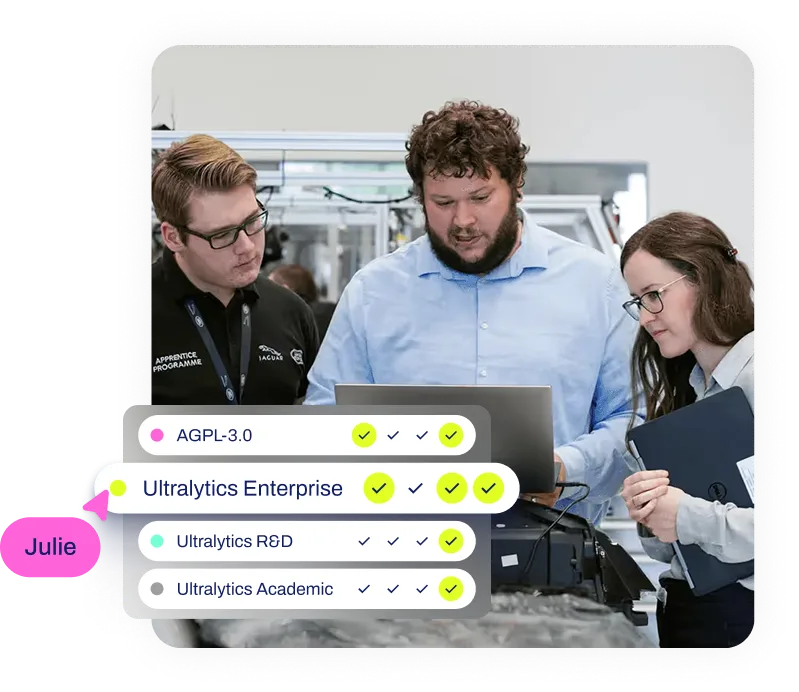
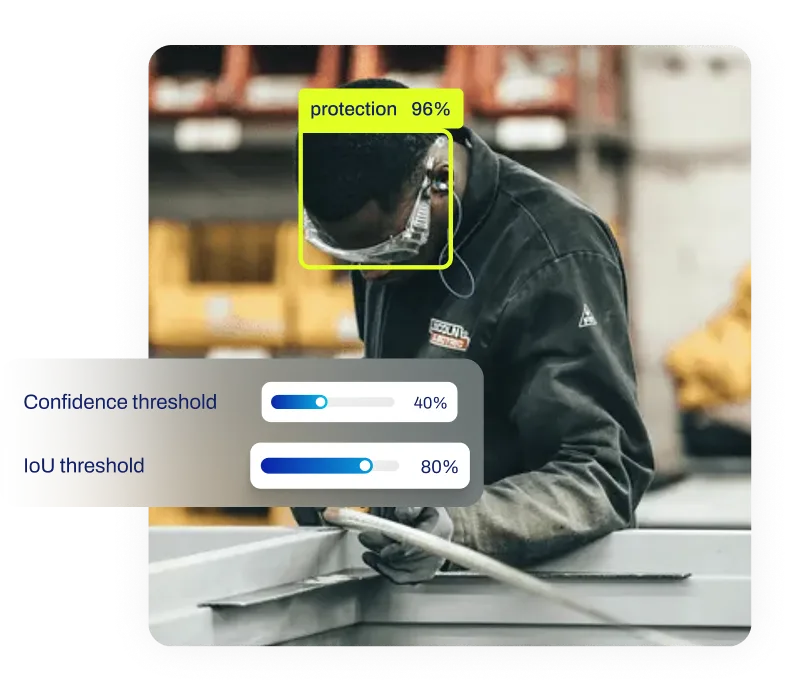
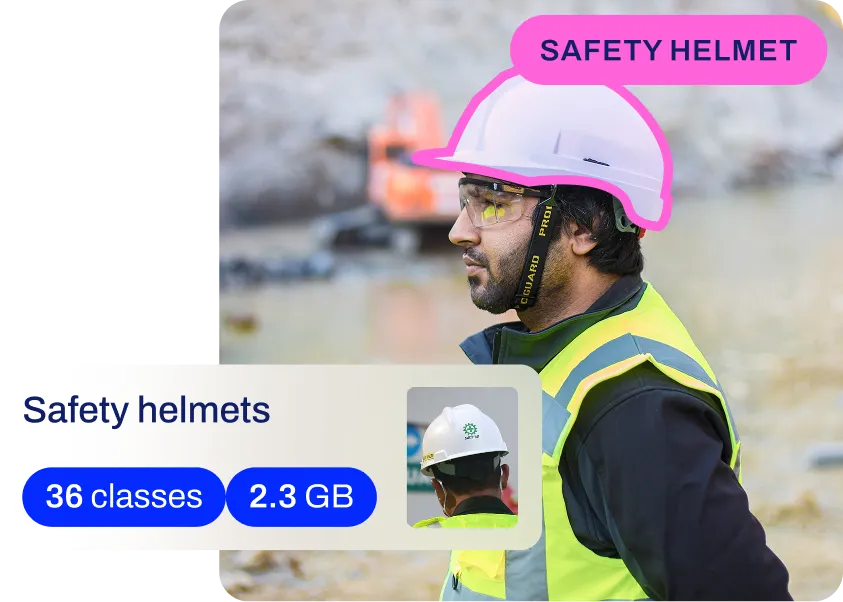
.webp)
